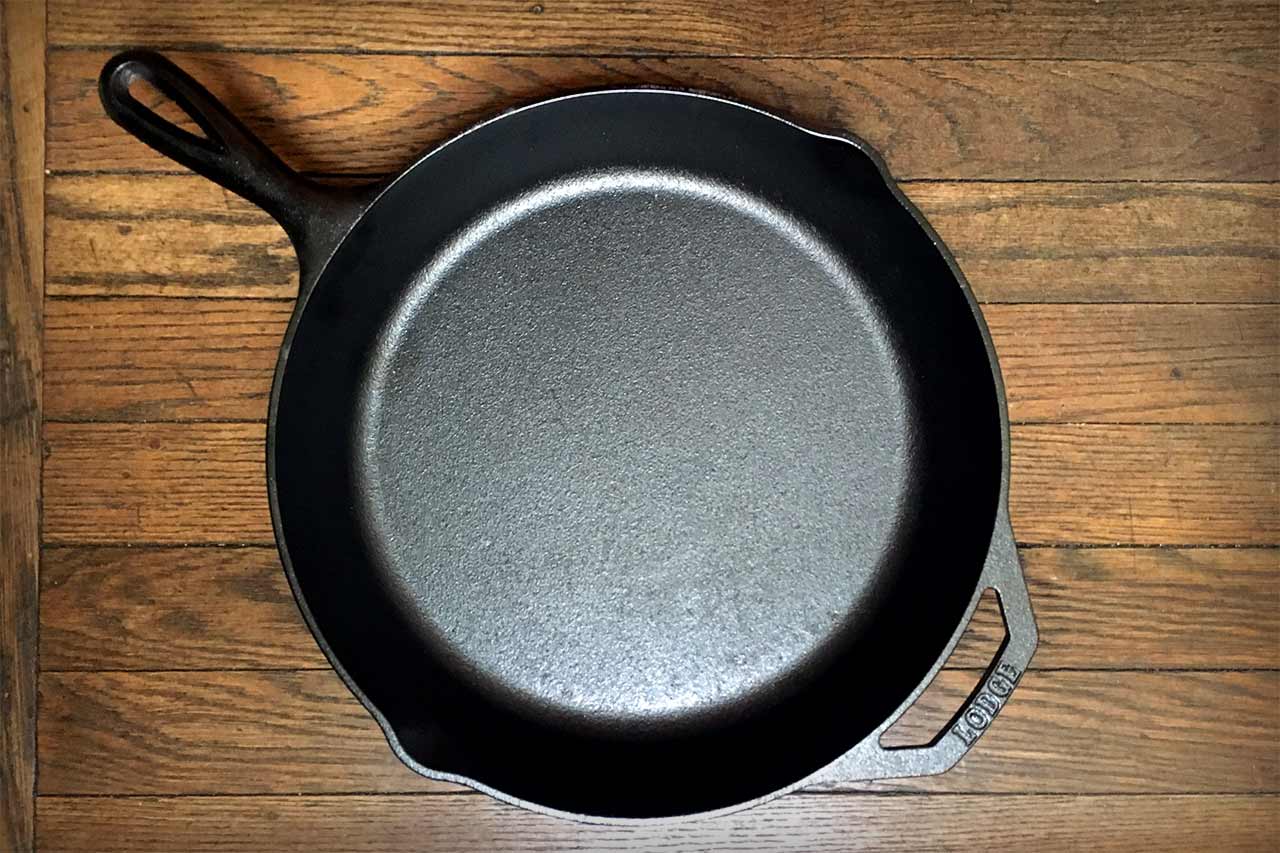Baking Your Pizza
“Bake at 425 degrees for fifteen to twenty minutes.” These are words that strike fear and dread into my heart.
“Bake at 425 degrees for fifteen to twenty minutes.” These are words that strike fear and dread into my heart.
“Bake at 425 degrees for fifteen to twenty minutes.”
These are words that strike fear and dread into my heart. They are the words of so, so many pizza recipes (not to mention the box of almost every frozen pizza in the America). If there’s one way you can rocket your pizza from mediocrity to “this tastes like a restaurant” other than making good pizza dough, it’s to change your baking methods.
What’s the name of the game? More heat, less time. Because here’s the deal: pizza baking is really about that crust. The toppings may be marginally cooked as well, but if your crust is properly baked, it’s most likely that your cheese is melted and your toppings are heated through. So all of our baking methods are crust-focused here.
Why do we want a baking method with high heat? Here’s a bit of the science: as the dough rose via yeast fermentation, thousands upon thousands of bubbles were formed in the dough held together by the web of gluten protein molecules. When the dough heats up, the proteins tighten up and squeeze out the water they contain. Some of the water is absorbed into the starch granules in the flour, making them tender. However, much of the water turns into steam within the bubbles in the dough, expanding these bubbles into a beautiful crumb. This is a process called oven spring. If the heat in the oven is too low, the protein and starch structure will set around the bubbles before the water gets hot enough to vaporize into steam, and we get a pizza with a denser crumb. However, when we blast it with high heat, the structure of the pizza will still be flexible when the water vaporizes, giving us a tender pizza with a nice open crumb.
High heat also contributes to a beautiful outer crust. Low and slow heat gets everything done very evenly and precisely brown: think an evenly golden-brown cake. However, for pizza, a nice mottled appearance with leopard spots of char lends us a much more flavorful, savory, and fragrant crust.
Unfortunately, this kind of heat is usually delivered in an 800-1000 degree oven powered by a wood flame, making a domestic oven’s cleaning cycle look chilly. So what’s the best way to get pizza results at home? That depends on what you’re looking for.

If you’re after an American pizza, with a more evenly browned exterior and a medium-sized bubble structure, it’s hard to get more efficient and inexpensive than a pizza screen. Unlike a pizza pan, this device allows hot air to pass underneath, leading to a more crisp bottom crust. These are also great if you desire a larger 14 or 16 inch pizza. At the maximum temperature your oven can muster (usually 550 degrees fahrenheit), your pizza should bake in an upper rack so the radiant heat from the top of the oven can cook the surface as the direct heat from the bottom cooks the crust.

For an exceptionally beautiful pizza for a nominal price, nothing beats a cast iron skillet. How, you ask? Just preheat your skillet (in the oven or on the stove) and then build your pizza right on top. Of course, speed is the name of the game: make sure your dough is ready and stretched and all your toppings are prepared and within arms reach. As soon as the pizza is topped, set the skillet under the broiler set to high. This will get us as much oven spring as possible, as well as a beautiful char on the top of the pizza. Once the top is charred to your liking, finish it on high heat on the skillet. This method is fast, and a cast-iron skillet is already in the toolkit of most home kitchens. And just look at that pie!

The pizza steel is a newcomer to the home pizza frontier. When I was comin’ up in the pizza world, the a baking stone placed on the floor of the oven was the recommended method. However, in my time, I have broken about three pizza stones that cost about $50 each. However, a ¼ inch pre-seasoned slab of steel only costs about $70, and for that, you get a piece of nearly indestructible equipment (the thing is a tank) that actually transfers heat to the bottom crust more efficiently. Bottom line, you get a better char on your crust with a steel, and it will pay for itself by never breaking. Ever. Preheat it under your broiler (or, if your broiler is at the top of your oven, you can just preheat at 550 degrees and switch your broiler on once the steel is preheated) and slide your pizza onto the steel. This delivers the best char and oven spring of any method available. Make sure to keep your eye on the pizza: the steel can cook incredibly fast.
Using any of these methods will put your pizza a step ahead of the rest: no more floppy, pale, or lifeless pies. Would a pizza from a custom-built Italian wood-burning oven taste better? You bet. And I guarantee you that’s the first thing I’d buy if I came across a couple million bucks in my backyard. But I’m happy to say that there’s no windfall necessary to get truly magnificent pizza from your home oven.